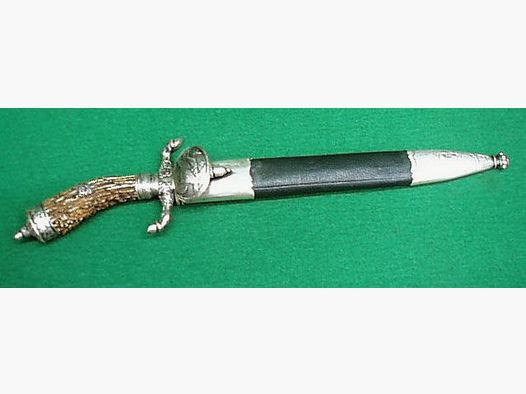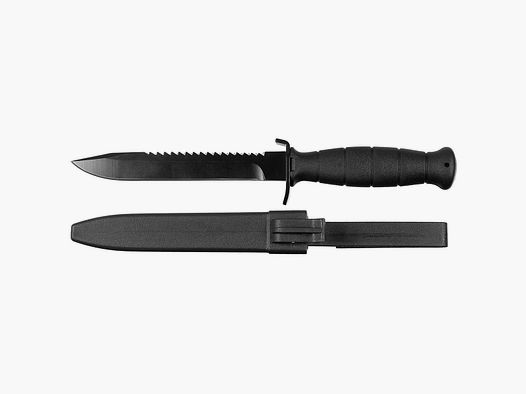African Swine Fever (ASF) is a highly contagious viral disease that affects both wild and domestic pigs and can cause a mortality rate of over 90% within a few days. In Germany, ASF has so far mainly been detected in the wild boar population, while it has been more widespread in Eastern Europe for some time, where outbreaks are regularly recorded.
Symptoms of African Swine Fever
Infected animals show symptoms such as high fever, loss of appetite, coordination disorders, general weakness, and diarrhea. Bleeding is also common, which can manifest as skin and nosebleeds as well as blood in the feces. Furthermore, the escape response of the animals is reduced. Upon examination, bloody swollen lymph nodes, an enlarged spleen, and pinpoint bleeding in the internal organs can be observed. However, these symptoms do not always occur. The diagnosis can ultimately only be made by a veterinarian.
Transmission of the Disease
The virus spreads mainly through direct contact between animals via bodily fluids and can also be ingested through contaminated food. It is estimated that the virus can spread about 25 km per year through wild boars. While humans cannot contract the virus, contaminated objects and clothing contribute to its faster spread.
Risks and Consequences of ASF
Although ASF is not transmissible to humans, it poses a significant threat to wild and domestic pig populations. In the event of an outbreak, all pigs in the affected area often have to be killed to prevent further spread.
Current Developments and Countermeasures
In response to recent outbreaks, the government has intensified monitoring and control measures. This includes increased hunting of wild boars to reduce population density and thus minimize transmission risks. Wild boars are known for their high reproduction rates, which can be up to 300 percent per year.
Hunters are urged to take special precautions, especially when returning from areas where ASF has occurred. This includes thorough cleaning and disinfection of clothing and equipment. It is also important not to leave food scraps in nature, as these may be contaminated.
In Summary
While ASF poses a serious threat to pig populations, intensified efforts for monitoring and control are crucial to contain the spread of the disease. Information and recommendations regarding ASF can also be found in specialized magazines such as "Jagdzeit," which keeps hunters and interested parties updated on the latest developments and research findings.
More exciting information can be found with our partner, the magazine Jagdzeit:

































